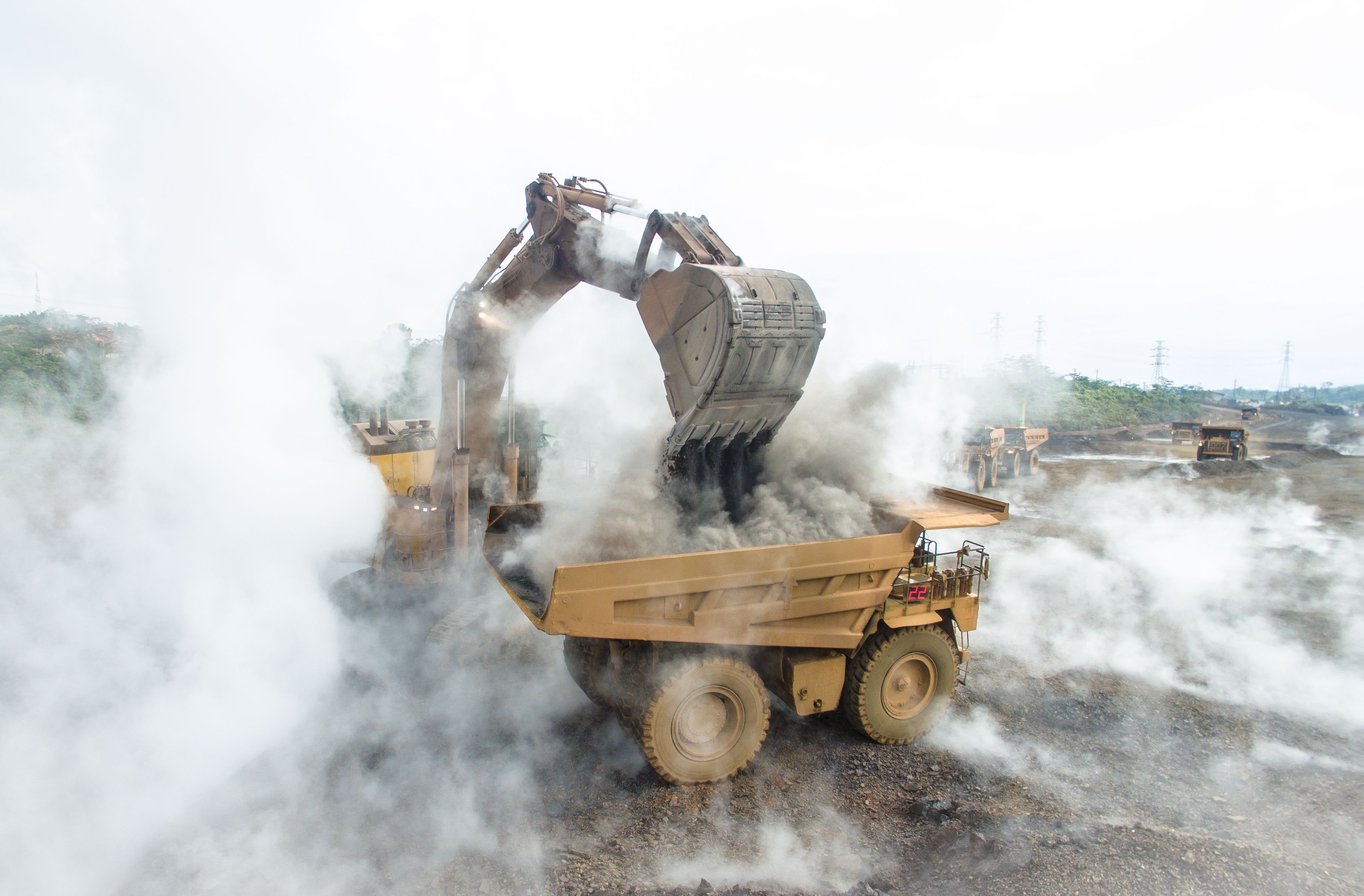For over a century, stainless steel has been used in many products. It is made up of various iron-based alloys. However, unlike traditional steel, they are not susceptible to corrosion and do not rust when only exposed to water. Chromium is the alloying component that gives the steel its "stainless" quality, while nickel is what makes stainless steel such a versatile alloy.
Nickel-containing stainless steels have an inherent resistance to corrosion in addition to being simple to shape and weld, ductile at shallow temperatures, and suitable for high-temperature applications. Additionally, they are not magnetic, unlike ordinary steel and stainless steel without nickel. This implies that they can be transformed into a remarkable variety of goods, with usage in the chemical business, the health industry, and residential uses. In fact, nickel is so crucial that 75% of stainless steel manufacturing comprises gra containing nickel. The two with the most nickel are Type 316, which has 11% nickel, and Type 304, which has 8% nickel.
The properties of nickel-containing stainless steel:-
1.Formability - Stainless steels benefit from excellent formability and ductility thanks to the austenitic structure. The popular Type 304, which contains 8% nickel and 18% chromium, exhibits good stretch-forming properties. A slightly higher nickel concentration would improve the austenite's stability further and lessen its propensity to work hard, making it more suitable for deep drawing. Unlike low-nickel, high-manganese alloys, these alloys are not prone to delayed cold cracking. Due to their outstanding formability, 300-series austenitic alloys are frequently employed for products like cooking pots and sinks.
2.Weldability - The welding process is used to create a lot of stainless steel equipment. Generally, austenitic nickel alloys, of which Types 304 and 316 are the most often fabricated stainless steels in the world, are better for welding than other alloys. They don't tend to become brittle like ferritic alloys because of high-temperature grain development, and the welds have great bend and impact qualities. Both thick and thin portions can be easily welded together.
3.Toughness - A material's capacity to absorb energy without breaking is crucial in many engineering applications. At standard temperature, most stainless steels are fairly durable. Still, as the temperature drops, the ferritic structure becomes increasingly more brittle, making ferritic stainless steel unsuitable for cryogenic temperatures. Grades like Type 304 are frequently utilised for cryogenic applications since standard austenitic stainless steels maintain good toughness even at liquid helium temperatures (-270oC).
4.High-temperature properties - The austenitic alloys of stainless steel that contain nickel have much more muscular high-temperature strength than other alloys, especially when it comes to their capacity to withstand creep or the tendency to move slowly or permanently deform under mechanical forces. Additionally, these alloys are far less likely to develop destructive brittle phases when subjected to temperatures higher than 300oC. During thermal cycling, nickel decreases spalling and stabilises the protective oxide covering. For applications requiring high temperatures and fire resistance, austenitic alloys are used.
5.Sustainability - After a product's useful life, most nickel-containing materials are completely recyclable; their high value stimulates recycling. In turn, this reduces the demand for virgin resources and the energy required for their manufacturing, which stainless steels that include nickel. For instance, scrap stainless steel saves the energy needed to make stainless steel by around one-third compared to using only virgin materials.
6.Ease of production - The end user may not necessarily see production ease right away. However, due to the widespread use, versatility, and scale of production of the major austenitic alloys, they are now readily and affordably available in all sizes, shapes, and locations worldwide. The majority of the primary nickel stockpile in the world is used to make stainless steel. The presence of chromium is primarily responsible for stainless steel's "stainless" property, but nickel is also a crucial component. The metal needs nickel to resist corrosion, which enables it to tolerate high temperatures. Steel's resistance to acid reduction is improved by nickel's ability to reduce corrosion rate. Nickel is present in more than half of the annual tonnage of stainless steel produced.




 +91 7208055523
+91 7208055523
 Help & support
Help & support
